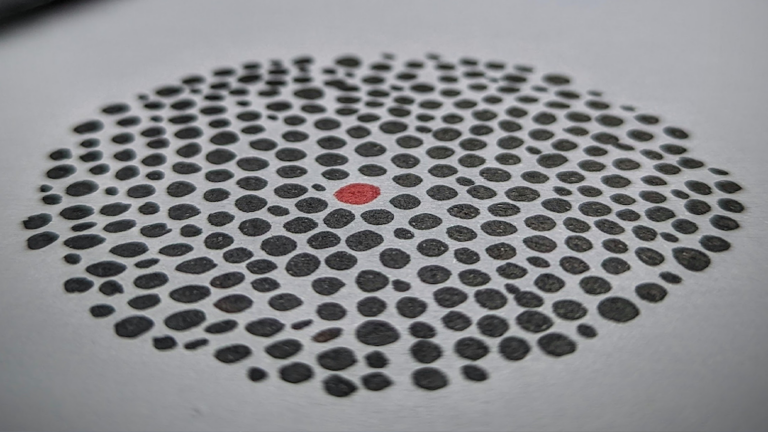
Crystal withdrawal
Most people say they like taking crystal because of the euphoria and sense of well-being they get from its use. Feeling confident is also one of the desirable effects of the drug, and so is having lots of energy and enthusiasm foreverything. While a lot of people take it before they go out, it is also pretty common for people to hang out at home with their friends too. Aside from socialising, and of course sex, some people say the drug gives them the energy and motivation to get things done, even everyday chores like the housework.
Unfortunately for every high there is a low and one of the most disturbing problems associated with the use of methamphetamine is dependence and the associated withdrawal. The main symptoms of the methamphetamine withdrawal syndrome are extreme fatigue and irritability. Users can also experience insomnia, hypersomnia (over-sleeping), increased appetite and vivid, unpleasant dreams. Other symptoms may include drug cravings, paranoid or suspicious thoughts, and feeling angry, aggressive or emotional. Interestingly, withdrawal symptoms from methamphetamine can appear to be very similar to the symptoms of acute intoxication, such as agitation and hyper-arousal.
The duration and severity of a typical withdrawal syndrome for methamphetamine remains unclear, although there is some evidence to suggest the majority of symptoms will resolve within a week of ceasing methamphetamine use, with sleep- and appetite-related symptoms persisting for a further one to two weeks. A range of factors can affect just how long and how severe the withdrawal may be. These include: age (older and more dependent users may experience a more severe withdrawal); general health; how the drug is used (i.e., snorted, smoked or injected); quantity and purity of methamphetamine being used prior to cessation; and what other drugs have been used.
Unlike withdrawal from drugs like alcohol and benzodiazepines (e.g., sleeping pills), withdrawal from methamphetamine is relatively safe, provided there are no additional factors involved like polydrug use or coexisting mental or medical health conditions. Although the “crash” has been associated with withdrawal, there is no clear evidence that this is actually part of the withdrawal experience. In actual fact, many dependent users do not experience a “crash” and, where it does exist, health professionals now regard it as a recovery period rather than an actual “withdrawal syndrome”. Further, non-dependent users may experience a crash period that is not considered withdrawal. Crash symptoms, which include extreme fatigue and restlessness, are likely to resolve within a day or so without causing significant psychological or physical distress or impairment.
Crystal use continues to be a problem within our community. Being aware of the very real risks that exist – including dependence – is incredibly important for all users, and potential users, of this unique drug.
Remember: if you do not want any negative consequences, do not use the drug and, no matter how many times you have used a substance, never be blasé.









